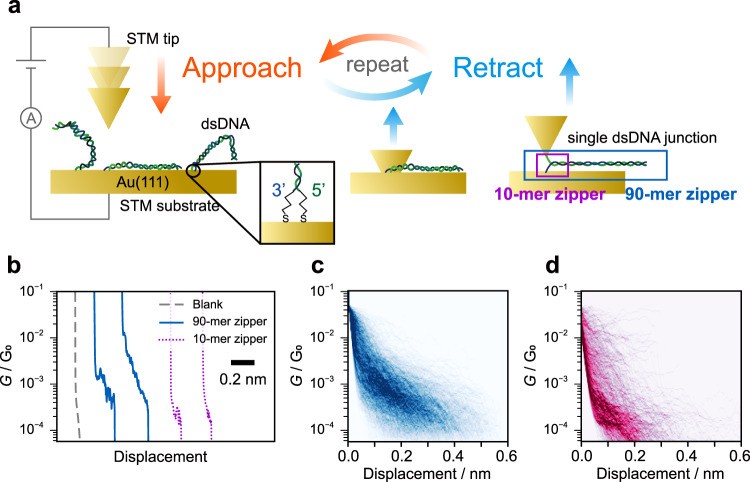DNA, the blueprint of life, carries all the genetic instructions for an organism’s development and function. Its unique structure allows for the storage and transmission of this vast amount of information. One common analogy used to understand DNA’s structure is comparing it to a zipper. But how accurate is this comparison? Let’s delve deeper into the similarities and differences between a DNA molecule and a zipper.
The Zipper Analogy: Understanding DNA Structure
The comparison to a zipper helps visualize the double-helix structure of DNA. A zipper, like DNA, consists of two parallel strands that interlock. In DNA, these strands are made of sugar-phosphate backbones. Attached to each sugar is one of four nitrogenous bases: adenine (A), thymine (T), guanine (G), and cytosine (C). These bases form the “teeth” of the DNA zipper, pairing up specifically: A always pairs with T, and G always pairs with C through hydrogen bonds. These base pairs hold the two strands together, much like the interlocking teeth of a zipper.
Key Similarities: DNA and Zippers
- Two Strands: Both DNA and zippers have two distinct strands running parallel to each other.
- Interlocking Components: The bases in DNA pair up specifically, just as the teeth of a zipper interlock. This connection keeps both structures stable and intact.
- Opening and Closing: Both structures can be “unzipped” or separated. In DNA, enzymes break the hydrogen bonds between base pairs, allowing the strands to separate for processes like replication and transcription. A zipper separates when the slider is pulled down, disconnecting the teeth.
Key Differences: Beyond the Basic Analogy
While the zipper analogy is a helpful starting point, it’s crucial to acknowledge the limitations of the comparison. DNA is far more complex than a simple zipper:
- Flexibility and Twisting: Unlike a rigid zipper, DNA is a flexible molecule that twists into a double helix. This helical structure allows for compact packaging of genetic information. A zipper lacks this three-dimensional complexity.
- Chemical Complexity: DNA is a complex biological molecule with a specific chemical composition, including sugar-phosphate backbones and nitrogenous bases with varying chemical properties. A zipper is typically made of metal or plastic.
- Functionality: The function of DNA is to store and transmit genetic information, guiding the synthesis of proteins and the overall functioning of an organism. A zipper’s function is purely mechanical, used for fastening. DNA’s base sequence encodes complex instructions, whereas a zipper’s structure has no such information content.
DNA Zippers in Nanotechnology: A Deeper Connection
Interestingly, the zipper analogy has inspired scientific research in nanotechnology. Scientists have created “DNA zippers” in the lab, using DNA molecules to bridge nanogaps between electrodes. These structures have shown potential applications in molecular electronics and single-molecule sensing. These DNA-based nano-devices exhibit unique electrical properties due to the specific arrangement and interaction of the DNA bases.
Conclusion: A Useful but Imperfect Analogy
The zipper analogy provides a valuable visual aid for understanding the basic double-stranded structure of DNA and the specific base pairing. However, it’s essential to remember that DNA is a remarkably intricate molecule with far greater complexity and functionality than a simple zipper. While the analogy breaks down at more advanced levels, it serves as a useful introductory model for grasping the fundamental concept of DNA’s structure. The research into “DNA zippers” in nanotechnology further highlights the inspiring connection between this simple analogy and cutting-edge scientific advancements.
